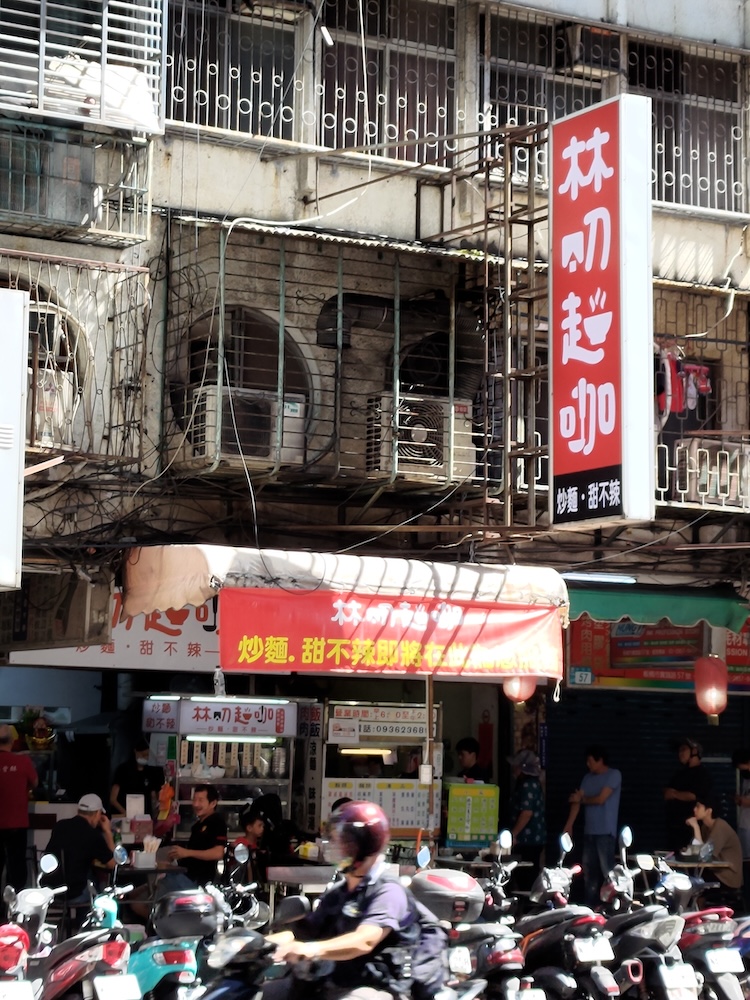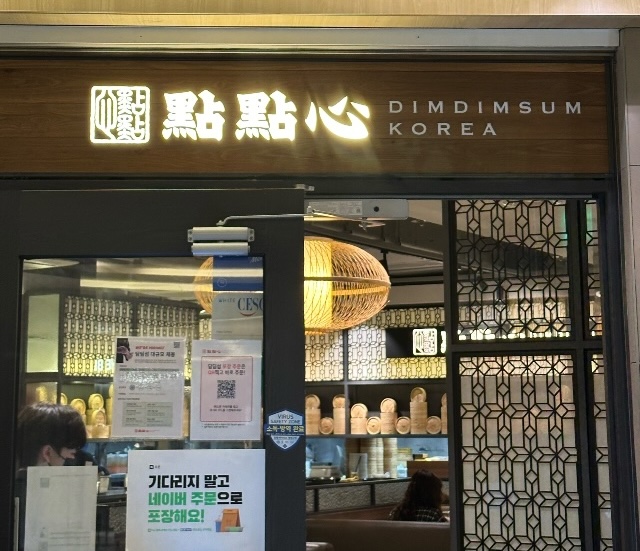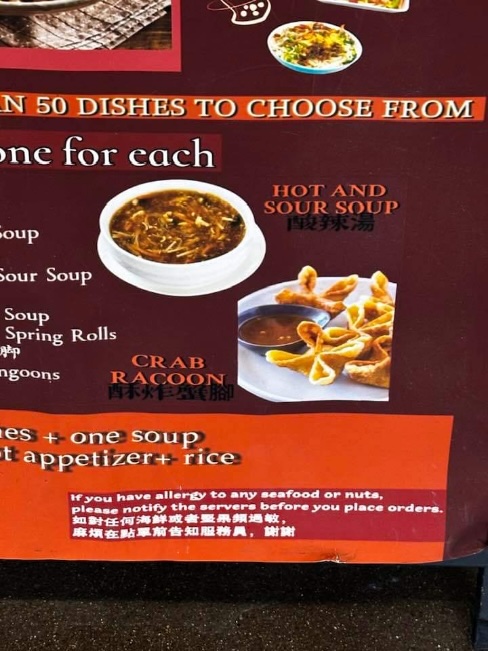Stollen: lumpy, dumpy, stumpy
Yesterday we had a lot of fun exploring the derivation of Italian "Panettone: augmentative of the diminutive" and beyond. Another Yuletide cake I'm eating these days is German stollen, but its etymology is not so exciting:
Middle High German stolle < Old High German stollo ("post, support"), documented since the 9th century, from the Indo-European root (*stel- "to set up; standing, stiff; post, trunk") and thus related to stable (compare Greek στήλη (stēlē) ("pillar, post"). From "supporting support, post" the meaning "underground passage" (13th century) developed; the meaning "Christmas biscuits" arose from a comparison with the block-like support (18th century).
Read the rest of this entry »



